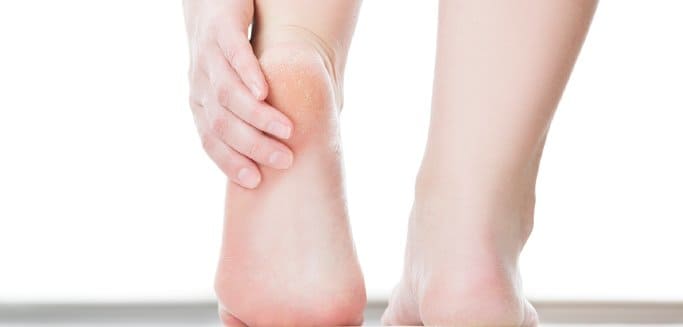It is really hard to get anything done when your foot is aching so much. It gets really annoying when you cannot even get the most basic tasks of the day done since your foot is in fun let alone run, or do anything that requires loads of footwork. In order to get the pain cured, you do everything possible from resting to put ice on your foot and even foot massages. Still, the pain doesn’t get any better and you fail to identify the underlying reason behind the pain in your foot. Pretty Annoying scenario, isn’t it? Well, you are probably suffering from Plantar Fasciitis.
Since the diagnosis of Plantar Fasciitis is based on the location of the pain, it has become one of the most wrongly analyzed and investigated diseases of the human body. In reality, the presumed cause of the pain, the plantar fascia present in the bottom of the foot, is in most cases not at all injured.
If you don’t use your ankle much, you will start developing pain in the bottom of your foot. This is due to the fact that if you do not use your ankles while exercising or performing the activities of the day, the bottom of your foot will have to work relatively harder. Since it is being overused, the bottom of the foot will start aching after some time.
The reason behind less amount of ankle usage is the development of adhesion in the posterior muscles of the calf. Most of the times, it is the reason behind pain and limited movement in the whole human body. More often than not, correct diagnosis is not made in the cases of Adhesion. Due to overuse and repetitive motion, adhesion can occur in the muscles.
The muscles present at the backside of the lower leg up till the very bottom of the foot are known as the posterior calf muscles. If there is adhesion present in these muscles, you are going to suffer from pain in the bottom of your foot. In order to get a cure for that ache in your foot, the adhesion in the posterior calf muscles needs to be removed.
Now that we have figured out that the major cause behind that foot ache is adhesion, an important question arises. How to make sure if there is adhesion in your muscles? Fortunately, there is an extremely simple test which you can perform at your homes to find it out!
Here is what you need to do:
- Place a ruler that sticks out from any wall.
- Stand in such a way so that you are facing the wall.
- Place the aching foot against the wall and split your stance.
- Make sure that your knee touches the wall and your ankle stays on the floor.
- With the help of the ruler, measure the distance between the wall and your toes.
- If the distance is less than 5 inches, this means that the test is restricted.
The most common reason for a limited test is Adhesion. But there can be other reasons as well. You need to find out the reason so that you can get relief from your pain as soon as possible.
With the help of experts at NYDNRehab, you can get the relief from the pain you are looking for! Adhesion is diagnosed and treated in the best way possible at NYDNRehab. Plantar Fasciitis is also treated here in the best way possible.























































